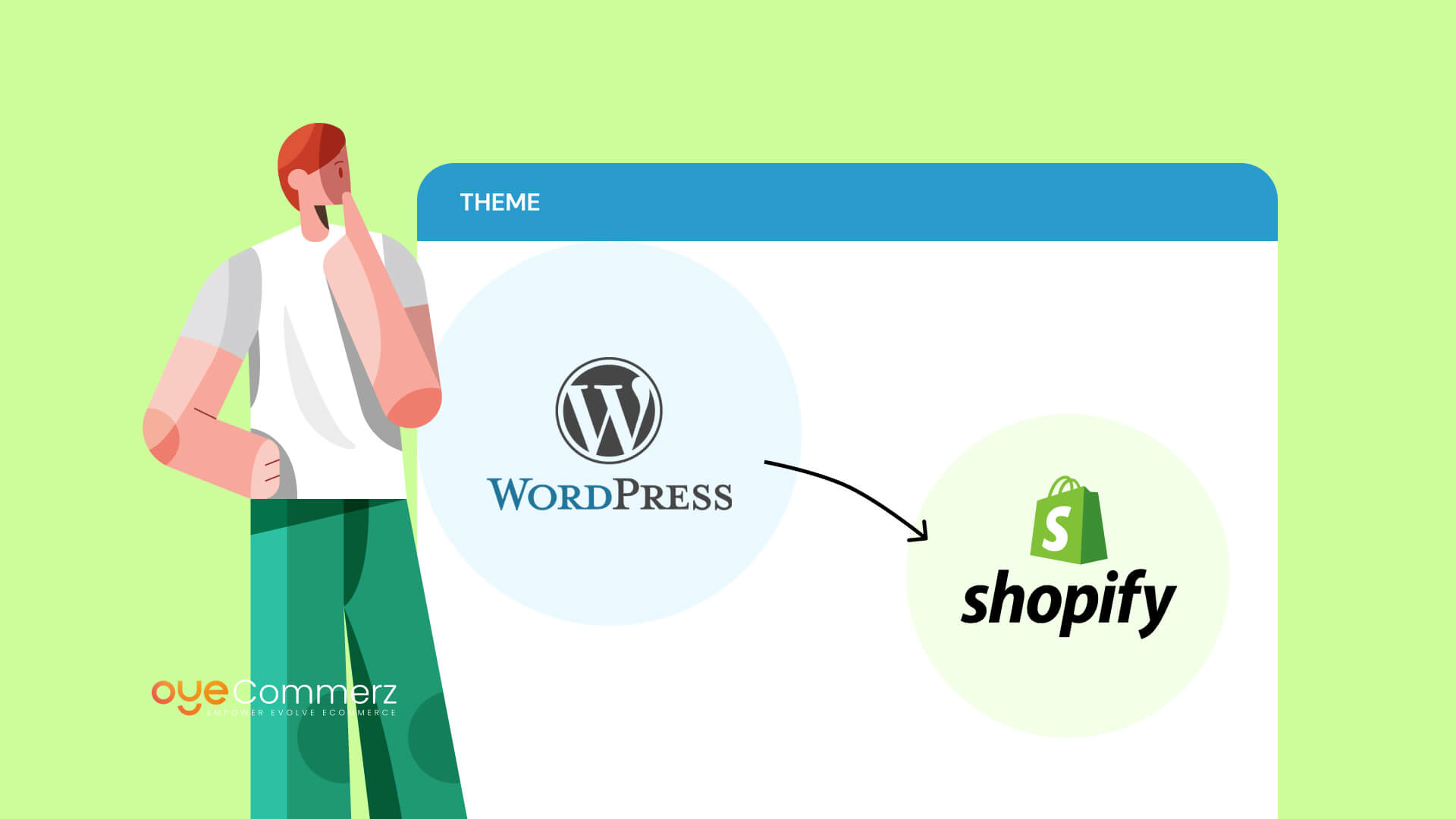Transitioning from WP to Shopify is an exciting step toward optimizing your e-commerce processes. As companies expand, selecting a platform that supports scalability, UX, and flexibility becomes crucial. Shopify has emerged as a preferred choice for online merchants, offering unmatched flexibility, security, and user-friendliness. In this guide, we’ll explore the transformative impact of this migration, discuss the benefits, and provide actionable steps to facilitate a seamless move.
1. Why Migrate from WP to Shopify?
The combination of WordPress and WooCommerce, has served countless e-commerce platforms. However, as companies expand, issues like plugin dependency, security vulnerabilities, and complex setups can hinder growth. Shopify, specifically created for digital retail, eliminates these concerns with an comprehensive, intuitive platform. Statistics supports this shift—Shopify powers over 4.4 million websites globally, with a documented 10% boost to sales performance for many businesses post-switch.
2. Shopify's Perks for Thriving Online Stores
Shopify’s powerful platform is tailored for scaling brands. Its notable benefits include:
- Seamless Customization: Shopify provides over 80 professionally designed themes.
- Built-in Features: Capabilities such as Shopify Payments and built-in SEO streamline operations.
- International Expansion: Multi-currency support and regional customization empower brands to expand internationally.
Additionally, Shopify boasts an uptime rate of 99.98%, ensuring your store remains accessible.
3. Getting Ready for Your WordPress-to-Shopify Transition
Before migrating, assess your current store. Analyze product data, customer details, and SEO performance. Resources such as Shopify’s Migration Kit or third-party solutions can simplify this process. Create a comprehensive plan, making sure all assets—item details, media files, and blog content—are ready for seamless import.
4. The Importance of Accurate Data Migration
Data migration forms the foundation for a successful transition. When migrating from WP to Shopify, prioritize:
- Product Information: Shopify migration services SKU, descriptions, and categories.
- Client Information: Emails, purchase records, and custom fields.
- Search Engine Considerations: Preserve meta tags, URLs, and forwarding paths to maintain search rankings.
Leverage apps like LitExtension to Migrating eCommerce platforms streamline data transfer while reducing mistakes.
5. Customizing Your Shopify Store
Post-migration, customizing your Shopify store ensures it aligns with your business identity. Utilize Shopify’s intuitive page builder to create layouts with ease. Shopify's templates are mobile-responsive, ensuring a smooth user experience across platforms—a key point, since 74% of e-commerce traffic comes from mobile visitors.
6. Maintaining SEO During Migration
SEO is vital for preserving your visibility during migration. Shopify excels in SEO with organized link formatting, built-in optimization tools, and seamless blog integration. Make sure you:
- Set up URL forwarding for old URLs.
- Enhance updated content with targeted phrases.
- Leverage plugins like Plug in SEO to monitor performance post-migration.
7. Post-Migration Testing
After finishing the transfer, conduct thorough testing.
Review: - Website speed (Shopify boasts faster speeds compared to WP).
- Payment integration reliability and checkout processes.
- Mobile responsiveness.
Quality assurance ensures your store provides a seamless shopping journey from the start.
8. Real-Life Success Story
An example of effective platform switching is Gymshark, a fitness apparel brand that transitioned to Shopify. Post-migration, the company saw a 60% increase in mobile sales and significantly lowered site downtime. This highlights the capabilities of Shopify in driving e-commerce growth.
9. Challenges and Solutions
Migration comes with challenges, such as information accuracy and adjusting tailored features. However, Shopify’s extensive assistance and third-party experts simplify the process. Collaborating with qualified Shopify developers ensures a smooth transition.
10. Making the Switch: The First Step Toward Success
Switching from WordPress to Shopify represents a strategic approach to online retail. By focusing on growth, simplifying management, and enhancing the customer experience, Shopify enables companies to succeed in challenging industries.
Conclusion
Transitioning from WordPress to Shopify offers a smart solution that can greatly enhance your e-commerce success. With a robust migration plan, the appropriate resources, and expert support, you can achieve new growth opportunities.
Ready to make the leap? Reach out today to learn how our Shopify migration services can transform your online store. Get in touch today, or ask yourself: Can your business afford to miss out on Shopify’s growth potential?
